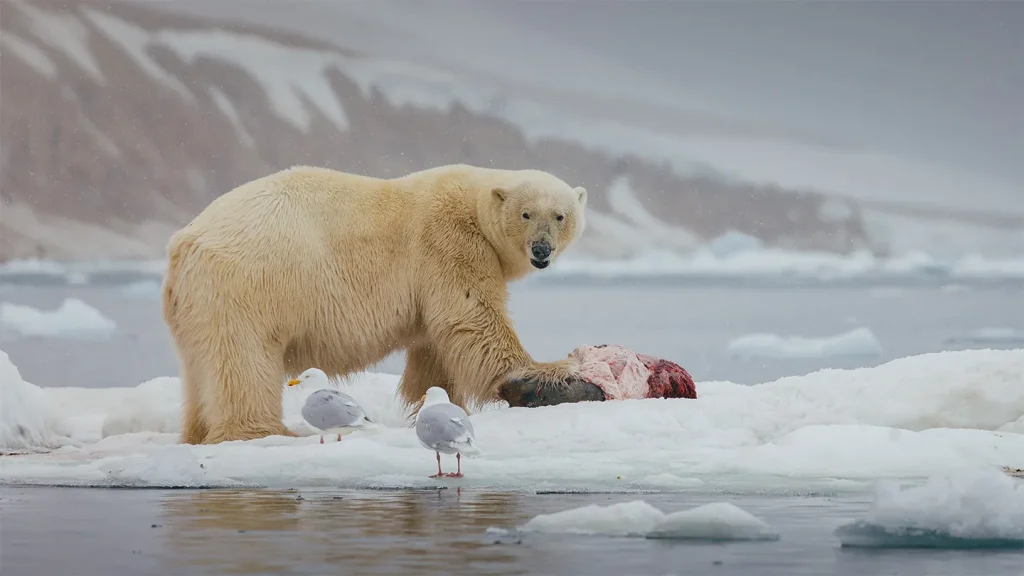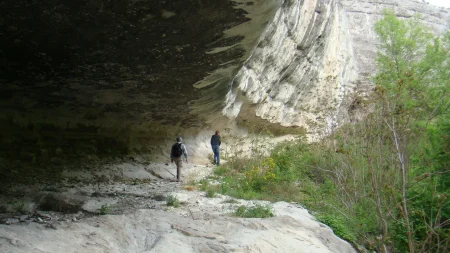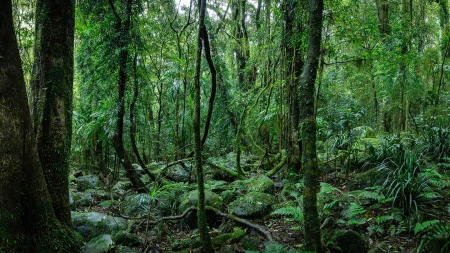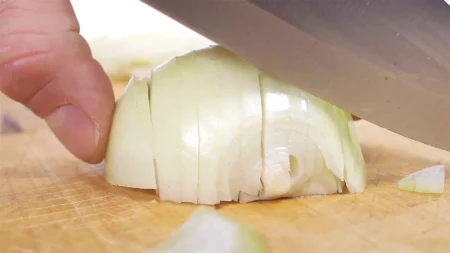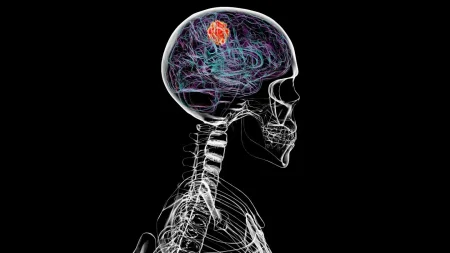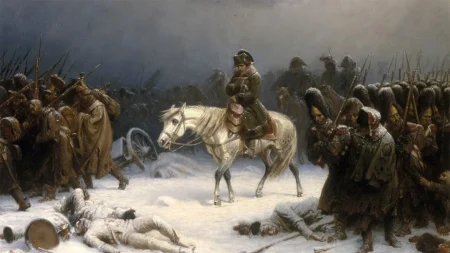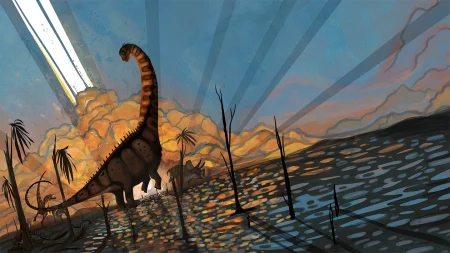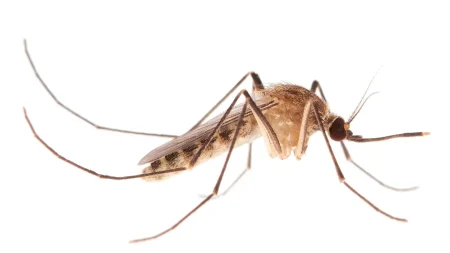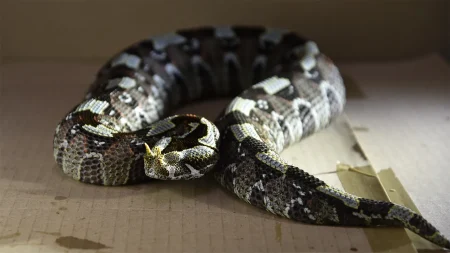Polar Bears: The Unsung Heroes of Arctic Food Sharing
In the vast, icy expanse of the Arctic, polar bears play a crucial yet often overlooked role in the region’s intricate food web. Recent research published in Oikos has revealed that a single polar bear can provide approximately 300 kilograms of leftover prey annually for other Arctic wildlife to consume. Collectively, these apex predators supply an impressive 7.6 million kilograms of carrion throughout the Arctic ecosystem, creating a vital food source for countless scavenger species in this harsh environment.
This remarkable finding stems from the work of Nicholas Pilfold and his colleagues at the San Diego Zoo Wildlife Alliance. Drawing on decades of Arctic experience, Pilfold’s team meticulously analyzed studies, observations, and historical records dating back to the 1930s to understand the ecological impact of polar bear feeding habits. They discovered that polar bears typically consume only certain parts of their prey—primarily ringed seals—while leaving substantial portions behind. During peak hunting periods, a polar bear kills approximately one seal every three to five days, amounting to roughly 1,000 kilograms of food annually. While the bear consumes about 70 percent of this biomass, the remaining 30 percent becomes an essential resource for other Arctic species.
The beneficiaries of this unintentional food sharing are diverse and numerous. Arctic foxes are known to follow polar bear tracks, patiently waiting for their chance to scavenge the abandoned remains. Birds, particularly gulls and ravens, create what Pilfold describes as “a cacophony of sound” as they circle and swoop down on the leftovers. Even larger predators occasionally join the feast, including snowy owls, wolves, and grizzly bears. Perhaps most surprisingly, other polar bears sometimes scavenge from these remains, creating a recycling system within their own species. As wildlife biologist Holly Gamblin points out, these scavengers would have no access to this nutritious food source if polar bears consumed their prey completely.
Jon Aars, a polar bear expert from the Norwegian Polar Institute, confirms the significance of this relationship, noting that these leftovers likely represent a “rather important” food source for Arctic wildlife, especially during seasons when alternative nutrition is scarce. This symbiotic relationship highlights the interconnectedness of Arctic species and the delicate balance that maintains this ecosystem. The polar bear’s hunting prowess and feeding habits create ripple effects that support biodiversity throughout the region, demonstrating how apex predators can influence entire food webs beyond their direct predatory impact.
However, this critical ecological relationship faces an uncertain future due to climate change. As the Arctic warms at an alarming rate, polar bear populations are increasingly threatened, with some sub-populations already in decline. The research team calculated that an estimated 323,000 kilograms of carrion has already been lost annually in just two regions where polar bear numbers have decreased. This represents not only a tragedy for the iconic bears themselves but also a significant reduction in food availability for dependent scavengers. Additionally, the melting sea ice—the primary hunting platform for polar bears—may make it more difficult for scavengers to reach the carrion, further disrupting this food sharing system.
While the exact consequences of diminishing polar bear-provided carrion remain difficult to predict, experts agree that the impacts will be significant and varied across different Arctic regions and species. This research underscores the complex ecological role of polar bears beyond their status as magnificent predators or climate change symbols. As we work to protect these magnificent animals from the threats they face, we must also recognize their importance as providers for countless other Arctic species. The polar bear’s generous table, where approximately 30 percent of their catch is left for others, represents yet another reason to ensure their survival in our rapidly changing world.





